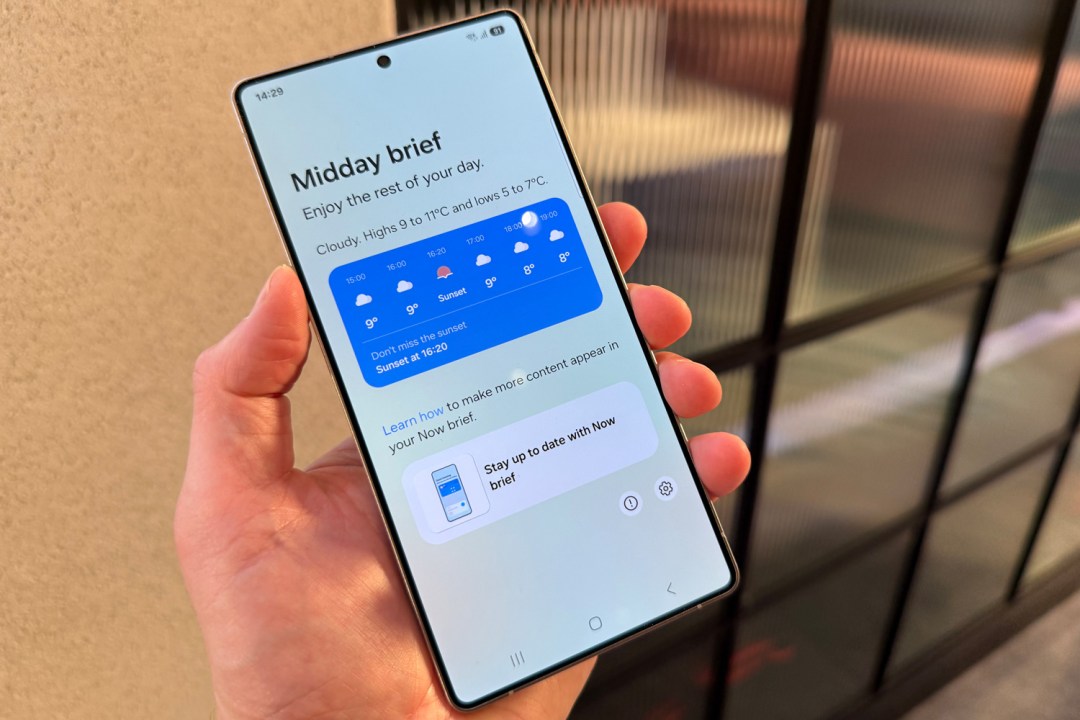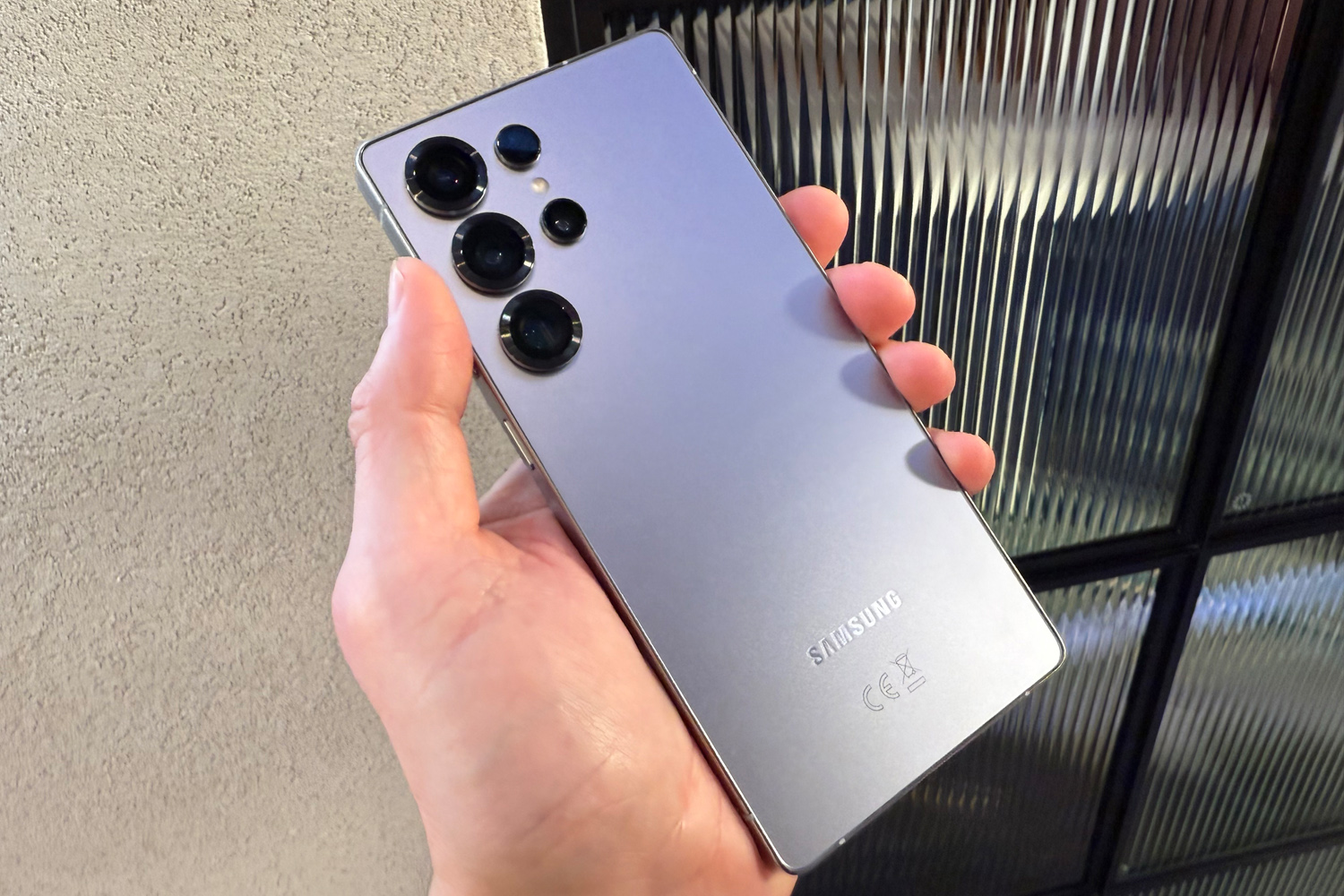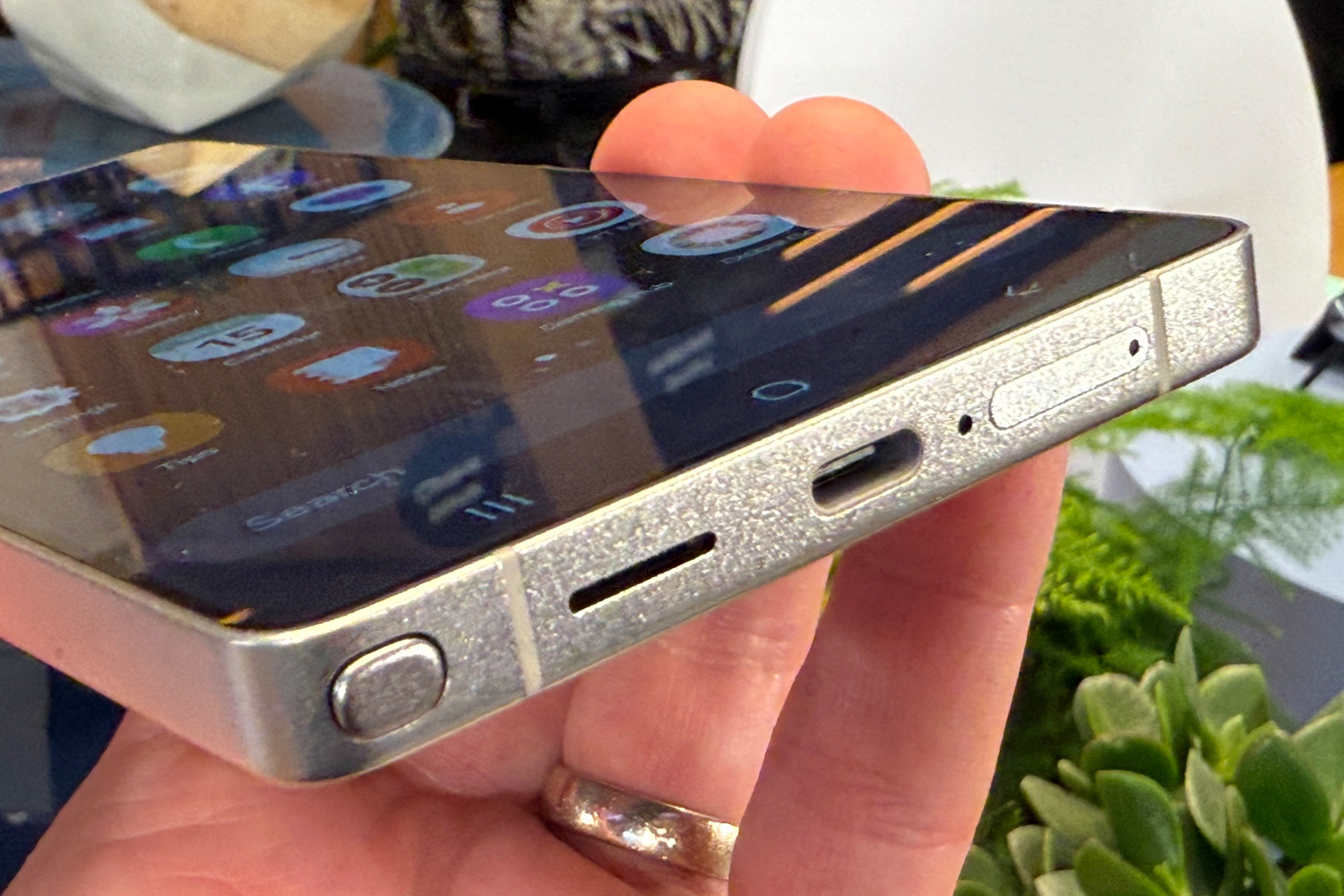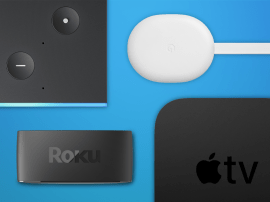If the Galaxy S25 Ultra is Samsung’s phone hardware best, I’m disappointed
Opinion: maybe the S stands for stagnant

What’s the opposite of FOMO? I’d say it was the creeping feeling I got as Samsung pulled back the curtain on its 2025 Galaxy offerings. The S25 Ultra – supposedly a challenger for this year’s best smartphone crown, and a phone I’ve yet to use in person – sounded as exciting as queuing at the post office from a hardware standpoint. It also seemingly ignores the fact the wider phone world exists.
It’s never a good sign when you’ve got to pore over the spec sheet with a magnifying glass to spot what’s actually new. “Stronger front glass” and “new colour options” certainly don’t send shivers down my spine. Are these mildest of updates really supposed to have customers queuing come launch day?
Sure, it looks a little different, and the processor is both faster and more efficient. But it’s hardly the first phone to go with rounded corners and flat sides, and the outgoing Galaxy S24 Ultra wasn’t exactly hurting for performance. The screen has also grown a little, but hasn’t evolved on resolution, refresh rate or brightness. I’ll reserve judgment about the new ProScaler tech, which sounds like a slightly tweaked take on the video and image upscaling phones have been doing for years now.
I can’t work out if Samsung has wilfully ignored what the rest of the phone world is doing – particularly on camera hardware, battery capacity and charging speeds – or simply doesn’t care.
The S25 Ultra’s lead 200MP snapper might set a high bar and I appreciate the new 50MP ultrawide, but that’s small fry when Xiaomi and Vivo are doing ridiculous things with giant telephoto sensors. Both had clear zoom image quality advantages over the S24 Ultra, and I’m not expecting that to swing dramatically in Samsung’s favour this year based on the otherwise unchanged hardware. That Log video recording and virtual aperture – a niche feature that’ll only appeal to a minority of S25 Ultra buyers and a function rivals have had for years, respectively – were featured so heavily in the reveal stream doesn’t inspire confidence either.
Battery size and charging speeds? Identical to last year, while the OnePlus 13 champions silicon-carbon battery cells with 20% more capacity and refuelling more than twice as fast as what the Samsung can muster. It apparently lasts longer, but I’ll have to wait for a full review to see whether it’s enough to compete with better-equipped rivals.
Maybe it’s hubris over whether existing customers will stick around despite the hardware deficit. Samsung does have the widest hardware and software ecosystem outside of Apple, though, in my mind, it’s nowhere near as compelling. After all, there aren’t any blue message bubbles like you get on an iPhone, and apps like Smarthings now mostly use the open-ecosystem Matter standard.


The other possibility is that Samsung has made AI its sole focus, and is banking on that pulling in punters. Personally, I’ve never used any Galaxy AI feature outside of testing for reviews, so can’t see how the average Joe will see it as justification for dropping four figures on a new handset. It spent more than half the presentation talking up the new features, but none of them made me sit up and take notice.
Let’s face it, while every market outside of China remains an Android duopoly, what’s the incentive to change? I’m fully expecting to sling the same criticisms at Google when the Pixel 10 line launches later this year, unless customers vote with their wallets.
Admittedly I’ve yet to try out the new S25 trio in any great detail, and they could turn out to be a lot more compelling than the spec sheets suggest. But having reviewed the key competition, they’re going to have to do something truly special on the software side to impress.



